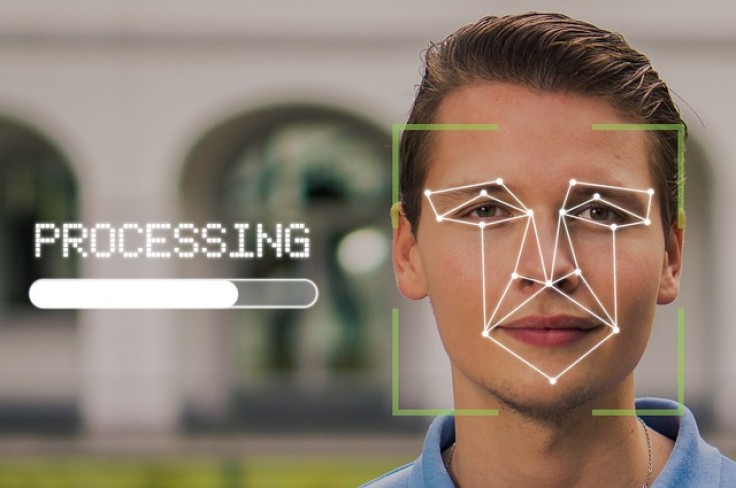
In the past decade, facial recognition technology has become popular and prevalent all over the world. This technology has found its application in various fields and domains, such as security and surveillance, identity verification, signing into the phone, and searching for a particular person in a database of photos, among others. Various companies, including airlines like United Airlines, have also employed facial recognition technology in their daily operations.
If you are not familiar with facial recognition, it is a type of biometric technology that identifies and verifies individuals based on their facial features. This technology uses the unique characteristics of a person's face, including the arrangement of eyes, nose, mouth, and other facial attributes, for recognition. These facial features are considered distinctive identifiers and allow the recognition system to differentiate between two different individuals.
There are two main types of facial recognition technology available: 2D facial recognition and 3D facial recognition. 2D facial recognition analyzes two-dimensional images or videos for recognition, while 3D facial recognition uses three-dimensional images to capture additional depth, providing more accurate and reliable results.
Key Steps of the Facial Recognition Process
The facial recognition process consists of four key steps, which are mentioned below:
Facial Detection
The initial step of the facial recognition process is facial detection. This step involves locating and identifying faces within images and videos. For this purpose, various algorithms and techniques are employed to analyze visual patterns, detect faces, and extract faces from images and videos.
The algorithms and techniques employed in this step identify specific patterns and shapes associated with faces, such as the arrangement of eyes, nose, mouth, and other facial landmarks. This enables the system to identify areas of an image or video frame that contain faces.
Facial Analysis
Facial analysis is the next step in the facial recognition process. This step focuses on extracting and interpreting key facial features from detected faces within an image or video frame. Various facial features, such as the shape of the eyes, the contour of the nose, and the dimensions of the mouth, are analyzed and encoded in a standardized format for further processing and comparison.
This creates a digital representation of facial data in the form of a facial template or faceprint, which can be used for the process of matching and identification.
Facial Encoding
Facial encoding comes after facial analysis and is a key step in the facial recognition process. This step involves converting the extracted facial features from the facial analysis step into a numerical representation or template. The template serves as a digital representation of an individual's face, including all their unique facial characteristics.
The purpose of facial encoding is to convert facial features into numerical data or templates in order to create a digital representation of an individual that can be stored and used for future comparisons.
Facial Matching
The final step in facial recognition is facial matching, where the stored digital templates of different individuals are compared with newly acquired data to determine similarity or identity. The purpose of facial matching is to accurately identify or verify individuals by comparing the newly acquired facial template with those already stored in the database. If a match is found above a certain threshold level, the recognition system recognizes and identifies the individual.
Applications of Facial Recognition Technology
Security and Surveillance
Facial recognition technology is an integral component of security and surveillance systems worldwide. It is only employed by law enforcement agencies to identify suspects or missing persons by matching real-time faces with those present in the database.
Employee Attendance
Various institutions and companies around the world, such as Delta Air Lines, have now employed face recognition attendance systems that use facial recognition technology to identify and verify an employee's facial features to record attendance.
Identity Verification and Access Control
Facial recognition technology is also used for identity verification and access control, as it provides a secure and convenient way to authenticate individuals. Commercial companies, airports, secure facilities, and banks are using facial recognition technology for authenticating individuals, detecting fraud, authenticating transactions, and preventing unauthorized access.









